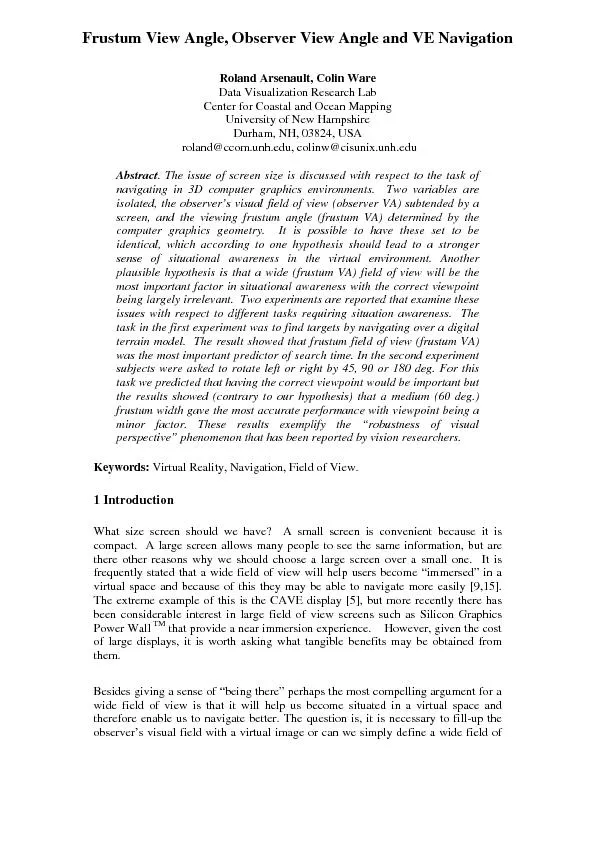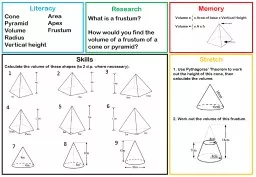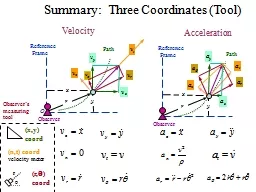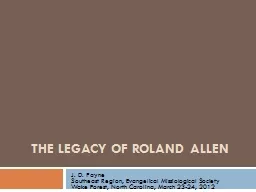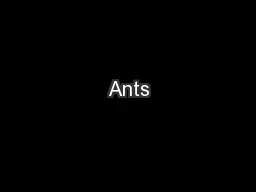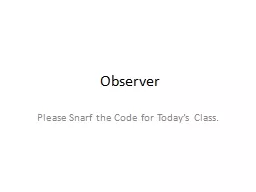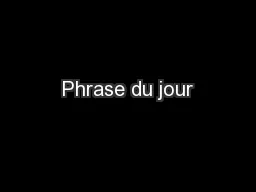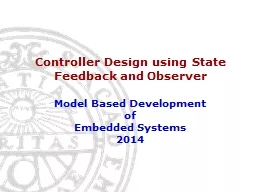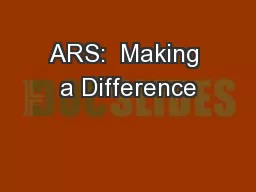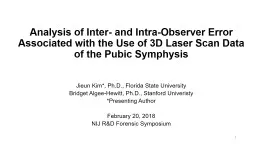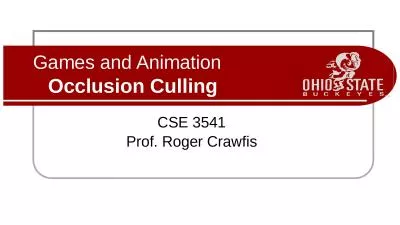PDF-Frustum View Angle, Observer View Angle and VE Navigation Roland Ars
Author : yoshiko-marsland | Published Date : 2016-04-18
view in the computer graphics model of the virtual environment Every computer generated image is defined by a center of perspective and optically correct perspective
Presentation Embed Code
Download Presentation
Download Presentation The PPT/PDF document "Frustum View Angle, Observer View Angle ..." is the property of its rightful owner. Permission is granted to download and print the materials on this website for personal, non-commercial use only, and to display it on your personal computer provided you do not modify the materials and that you retain all copyright notices contained in the materials. By downloading content from our website, you accept the terms of this agreement.
Frustum View Angle, Observer View Angle and VE Navigation Roland Ars: Transcript
Download Rules Of Document
"Frustum View Angle, Observer View Angle and VE Navigation Roland Ars"The content belongs to its owner. You may download and print it for personal use, without modification, and keep all copyright notices. By downloading, you agree to these terms.
Related Documents

